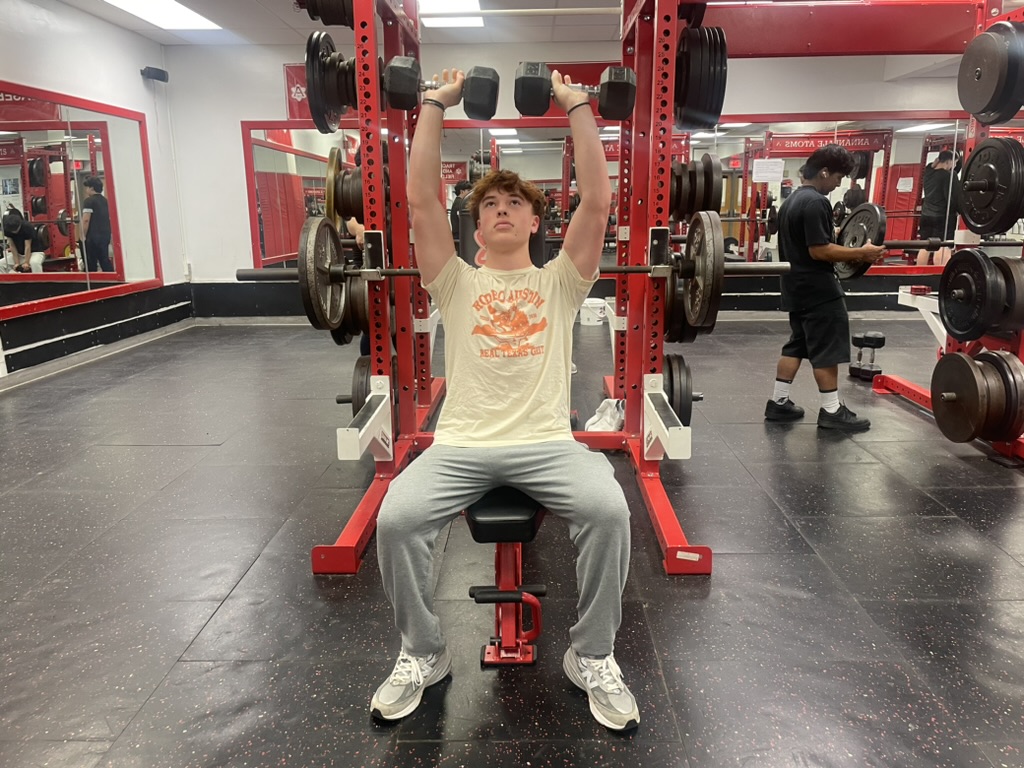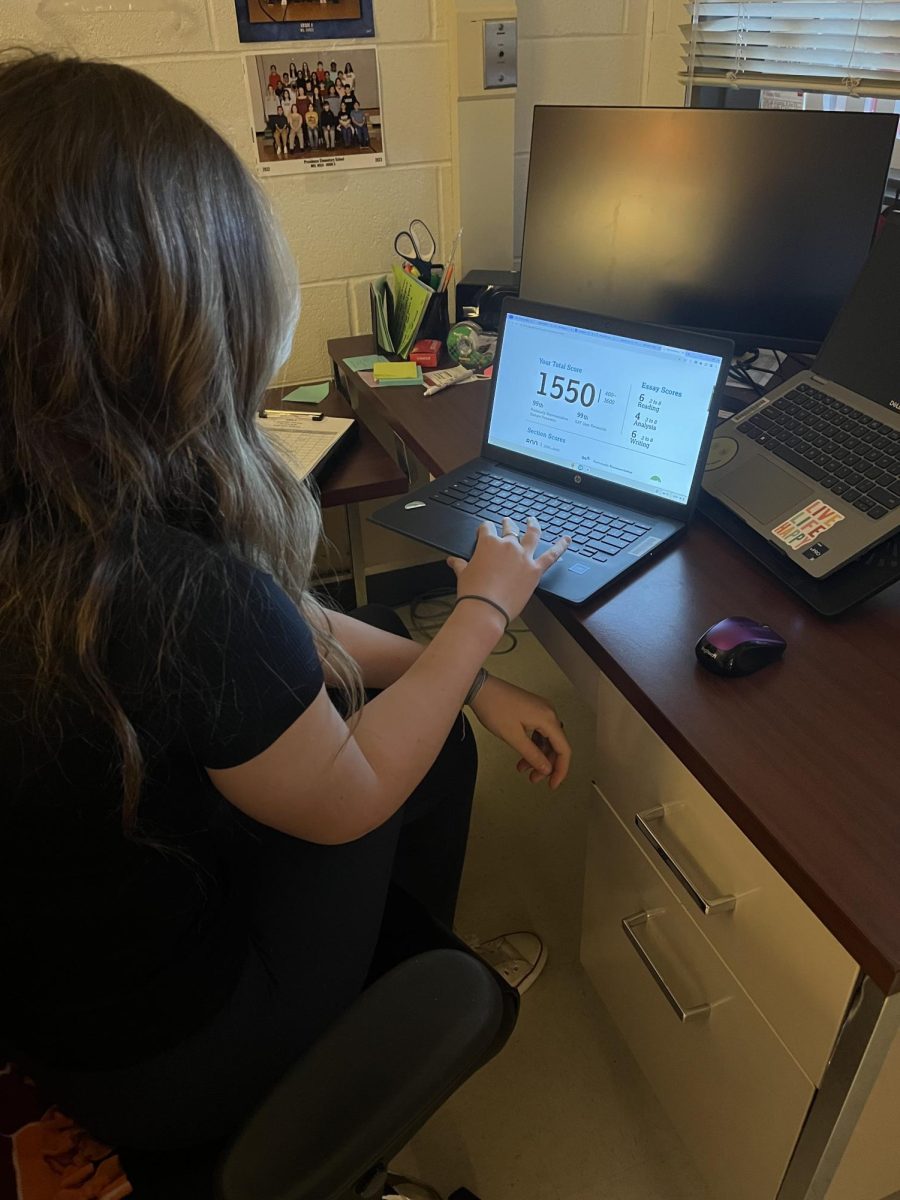As spring sports have started up, many athletes have been in and out of the training room. With injuries ranging from pulled hamstrings to dislocated shoulders, athletic trainers Kathy Ayers and Chris Austen always have to be on their toes.
“I dislocated my right shoulder while playing football. I thought it had healed, but while doing bench press in shot put practice, it came out again,” junior Osman Abdullhi said.
During the away game at Oakton HS on September 21, he was double-teamed. Two of Oakton’s players came at him head-on and he dove for the one who was carrying the ball. Abdullhi successfully stripped the ball but the impact of hitting the other player made his shoulder come out of its socket.
“After Osman re-dislocated his shoulder, it was decided that he would need surgery to keep it in place,” Austen said. “When dealing with a shoulder injury, there is a 50 percent chance that it will come out again. He just happened to be part of that statistic.”
“I like my job because it is never predictable. The injuries I see are different every day,” Austen said.
One of the scariest injuries Austen has ever seen was while he was working at a school in suburban Chicago. A student on the Boys Gymnastics team attempted a balance beam flip and almost landed on his neck. Had the boy landed a mere two inches farther up his spine, he would have been paralyzed for the rest of his life.
Ankle sprains are the most common injuries seen by the athletic trainers.
“During basketball season, I injured both of my ankles and my knees are always sore,” senior Brandon Atkins said. “Every day before track practice, I come [to the training room] to warm up and stretch them out.”
When injured, there are certain measures that need to be taken in order to reduce the risk of permanent damage:
1) Ice, ice, ice. Icing your injury will drastically decrease the rate of swelling. No longer than 30 minutes, though, as frostbite is a very real concern.
2) Consult the trainers. They will evaluate your injury and determine how badly you have been hurt. You will then begin physical therapy, if necessary, and progress back to your previous level of activity.
3) Continue monitoring your injury. Even after it is healed, there is a period of time in which you could easily re-injure yourself.
Dealing with an injury can, at times, be very difficult. Follow these steps and you can heal quickly and safely.











